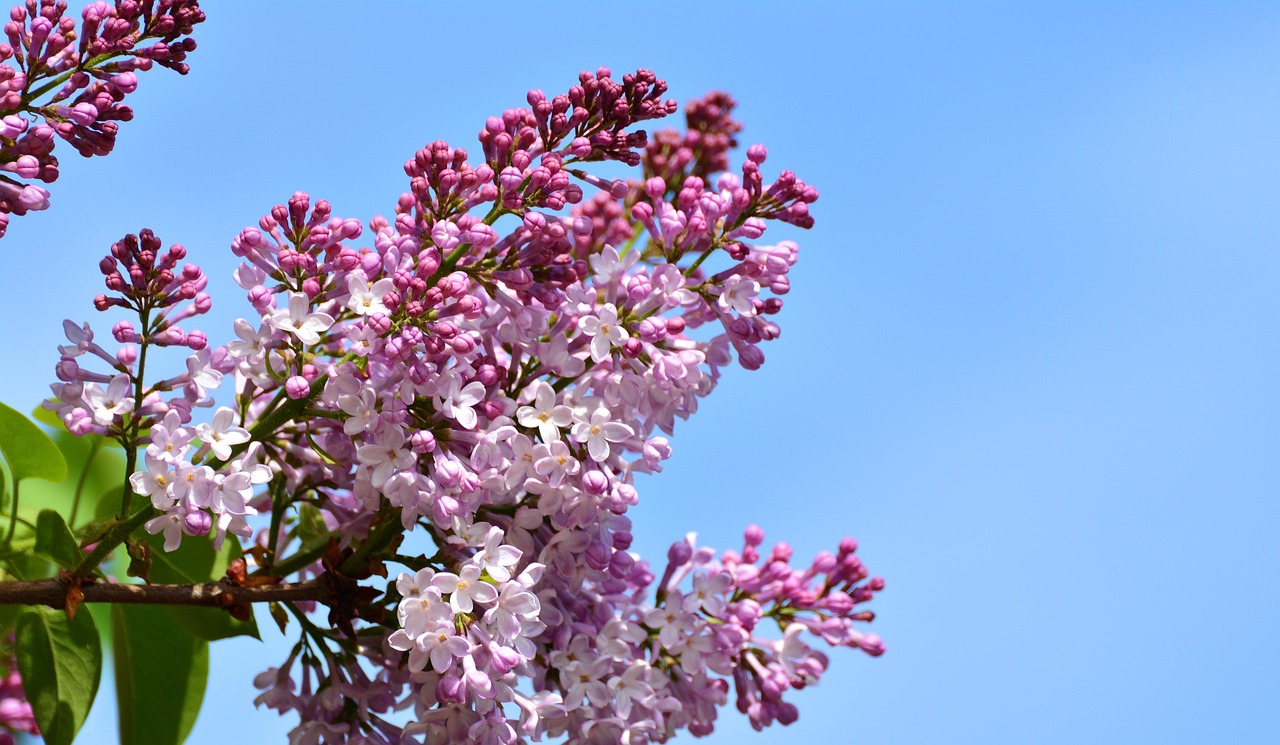
State Flower: Purple Lilac
Updates in 2024:
None
Updates in 2023:
None
Updates in 2022:
None
Updates in 2021:
HB199, Healthy Soils bill, includes soil health and climate adaptation in conservation district law and enables districts to create soil health program — passed 6/24/2021 and signed by Governor Sununu on 7/30/2021
Legislative Information
Date:
- Introduced 1/6/2021
- Passed the House 4/7/2021
- Passed the Senate 6/24/2021
- Signed by the Governor 7/30/2021
Legislation:
Sponsors:
Agencies Involved:
Rule Making Processes:
N/A
Program Summary
Description:
This bill amends current provisions relative to soil conservation to include soil health and climate change mitigation and adaptation.
HB 199 works by expanding the annual state conservation plan, prepared by the New Hampshire Department of Agriculture, to include farming practices that preserve and improve soil health to “promoting soil health practices, drought resilience, and adaption to changes in climate and environment“. (Note that the bill as introduced included climate change mitigation, which was later removed.)
This is done through agreements with producers or through other voluntary methods. Conservation Districts are instructed to promote soil health practices as well as climate change mitigation and adaptation within the context of voluntary conservation measures.
This bill also defines plant biostimulant
Stated Goals:
- The purpose of the state conservation plan is “to preserve and improve soil fertility and soil health; to promote mitigation of and adaptation to climate change and environmental change; to promote the economic use and conservation of land; to diminish exploitation and wasteful and unscientific use of natural soil resources; to protect rivers and waterways against the results of soil erosion and aid in flood control; and to reestablish and maintain the ratio between the purchasing power of the net income per person on farms and that of the income per person not on farms”;
- The goal for Conservation Districts is “to facilitate the joint effort of landowners, land occupiers, and units of government in carrying out measures for the conservation and development of lands within the district, voluntarily and with such assistance as may be available for this purpose from local, state, or federal governmental agencies”.
Soil Health Definition :
“‘Soil health’ means the overall composition of the soil, including the amount of organic matter in and water holding capacity of the soil, and the continued capacity of soil to function as a vital living ecosystem that sustains plants, animals, and humans.”
Tools & Guidance:
Conservation Districts may:
- Conduct surveys, investigations and research;
- Conduct demonstration projects, including in order to demonstrate “how healthy soils practices can aid in mitigation of and adaptation to climate and environmental change”;
- “Carry out preventive and control measures and works of improvement for the health, conservation, and development of the soil, water, and related natural resources within the district”;
- Collaborate or contract with other agencies and landowners and disburse grants to carry out such improvements or preventative measures;
- Acquire, maintain, administer and improve property;
- Offer incentives, education, technical assistance, equipment and materials on a voluntary basis in order to foster drought resilience and adapt to a changing climate and environment;
- Construct, improve, operate and maintain structures;
- “Develop comprehensive plans for changes in land use and for the health, conservation, and development of the soil, water, and related natural resources, for the control and prevention of soil erosion, for land drainage, [and] for the prevention of floodwater and sediment damages within the district and for mitigation of and adaptation to climate and environmental change”;
- Accept state or federal funding, donations, gifts, and contributions to carry out operations and act as agent for the United States;
- Accept payment for conservation work carried out on private lands.
Funding Sources
Founding Source/s:
- State or federal funding
- Private donations, gifts, and contributions
- Contracts
Funding Type/s:
None specified
Practices Eligible for Funding:
“’Healthy soils practices’ mean agricultural practices that improve the health of soils, including but not limited to consideration of depth of topsoil horizons, water infiltration rate, organic carbon content, nutrient content, bulk density, biological activity, biological and microbiological diversity, and minimization of bare ground.”
Lessons Learned
N/A
Legislative Committees
House Committee: N/A
Senate Committee: N/A
State Universities & Researchers
University of New Hampshire: Land-grant university
Agricultural Organizations & Technical Assistance
Education & Advocacy Groups
Media & Additional Resources
N/a
Last Update: 04/02/2025